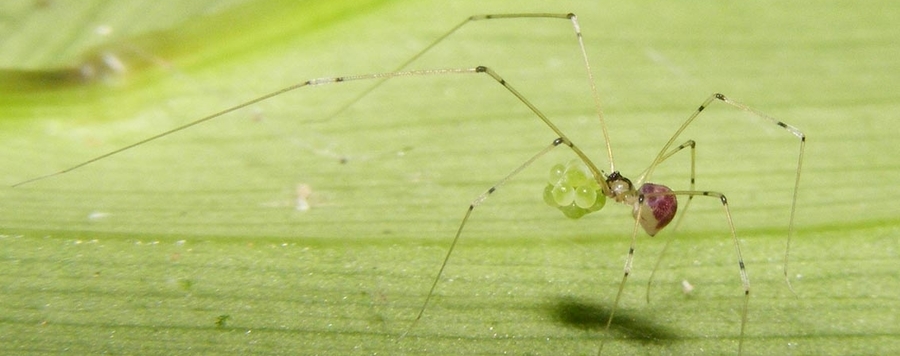
On Litoporus iguassuensis
We describe the previously unknown male of Litoporus iguassuensis Mello-Leitão, 1918 and document the exceptional biology of this species: (1) females and juveniles but not adult males construct camouflaged retreats; (2) there is a strong sexual dimorphism involving coloration, leg length, and behavior; (3) females at some localities are color polymorphic, i.e. discontinuously variable within the population. The species, previously only known from Rio de Janeiro, is widely distributed in the Brazilian Atlantic Forest. Among some of the localities studied it shows genital and male cheliceral variation that is here interpreted as being intraspecific. Preliminary molecular data (16S, H3) reveal low p-distances and no significant grouping information, leading us to hypothesize a single variable species rather than two or more species. Finally, we argue that Mello-Leitão’s original assignment to Litoporus (instead of Tupigea) may be correct, and discuss the implications: (1) Litoporus may be nested within Mesabolivar and represent a case of evolutionary shift among microhabitats with the correlated morphological changes; (2) extreme sexual dimorphism may be common in Litoporus and may explain the fact that females continue to be unknown in several species (because they were not recognized as being conspecific with the males).






